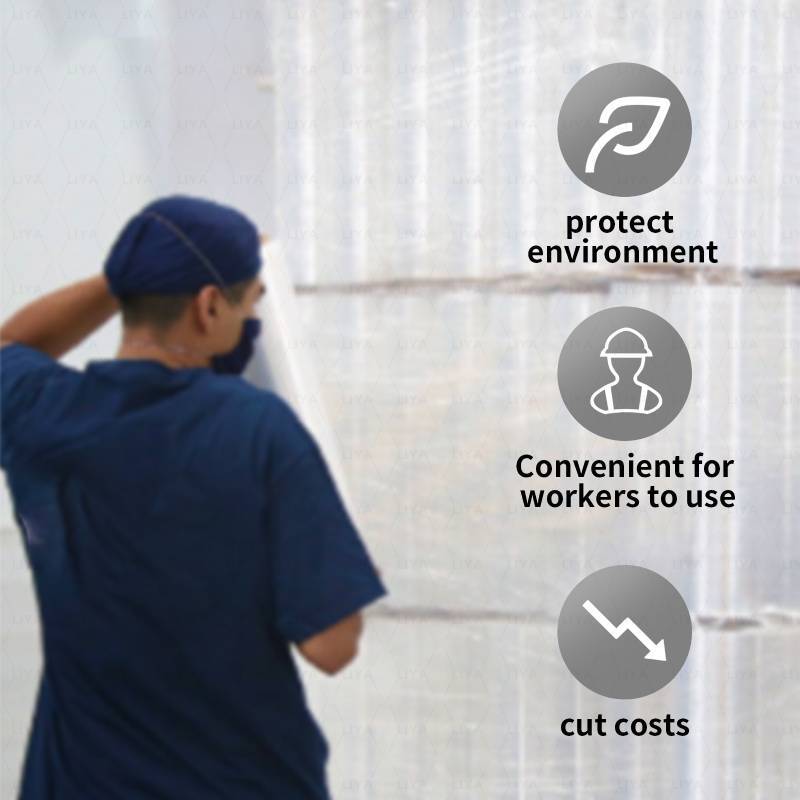opp poly bag
The Versatility and Sustainability of Opp Poly Bags
In today’s fast-paced world, packaging plays a vital role in the transportation and preservation of products across various industries. One type of packaging material that has gained significant popularity is the OPP (Oriented Polypropylene) poly bag. Known for its exceptional clarity, strength, and barrier properties, OPP poly bags are widely used in retail, food packaging, and industrial applications. This article explores the features, benefits, and sustainability aspects of OPP poly bags, highlighting their relevance in contemporary packaging solutions.
Features of OPP Poly Bags
OPP poly bags are made from oriented polypropylene, a thermoplastic polymer that is both lightweight and durable. The manufacturing process involves stretching the polypropylene polymer in both machine and transverse directions, resulting in a film that boasts superior tensile strength and excellent optical clarity. These bags are typically transparent, allowing for high visibility of the contents, which is particularly advantageous for retail environments.
Moreover, OPP bags offer excellent barrier properties against moisture, oxygen, and other environmental factors. This makes them suitable for packaging food products, as they help to keep items fresh and extend shelf life. Additionally, OPP poly bags resist chemical attacks, making them an ideal choice for products that may be sensitive to reactions with other materials.
Applications of OPP Poly Bags
Due to their numerous advantages, OPP poly bags find applications across various sectors. In retail, they are commonly used for packaging clothing items, electronics, and promotional materials. Their clarity not only enhances product visibility but also provides a sense of quality and professionalism.
opp poly bag

In the food industry, OPP bags are frequently employed for packaging snacks, perishable items, and baked goods. Their moisture-resistant properties ensure that the food remains crisp and fresh during transport and storage. Additionally, custom prints and branding can be applied to OPP bags, making them an effective marketing tool for businesses looking to enhance their brand image.
In industrial contexts, OPP poly bags are utilized for packaging parts and components, protecting them from dust and moisture during transport. Their strength ensures that products are adequately safeguarded, reducing the risk of damage.
Sustainability Considerations
As environmental concerns continue to rise, the sustainability of packaging materials has become a critical focus for consumers and manufacturers alike. OPP poly bags are considered a more sustainable option compared to many other plastic alternatives. They are recyclable and can be repurposed into various products, thus minimizing waste.
Moreover, the production of OPP bags typically requires less energy compared to other plastic materials, leading to a lower carbon footprint. Manufacturers are increasingly adopting eco-friendly practices, such as using recycled polypropylene in the production of OPP bags. These developments are crucial in addressing the growing demand for sustainable packaging solutions.
Conclusion
In conclusion, OPP poly bags represent a versatile and practical choice for a wide range of packaging needs. Their strength, clarity, and barrier properties make them ideal for retail and food applications, while their sustainability aspect aligns with contemporary environmental standards. As industries continue to innovate and adapt to consumer demands, OPP poly bags will likely remain at the forefront of packaging solutions, proving that functionality and sustainability can indeed go hand in hand. With the ongoing advancement in material science, the future of OPP poly bags looks promising as we strive for a more sustainable packaging landscape.
-
The Best Uses for Small Trash Bags in Daily LifeNewsJul.01,2025
-
Stylish Reusable Grocery Bags TrendsNewsJul.01,2025
-
Shipping Advantages of Using Bubble Envelopes BulkNewsJul.01,2025
-
How Compostable Mailing Bags Reduce Environmental ImpactNewsJul.01,2025
-
Environmentally - Friendly Bulk Poly MailersNewsJul.01,2025
-
Eco Friendly Custom Laminated Tote BagsNewsJul.01,2025
-
Have the freedom of customizing your custom mailers any way you want! Our dedicated packaging support will help deliver you the mailing experience you need to elevate your shipping experience to the next level! Start making a strong impression on your customers and stand out from your competitors! -
LIYA uses high quality raw materials which directly purchased from large enterprises domestic and overseas such as PetroChina, Sinopec, Sabic, Equate, ExxonMobil, Dow Chemical, Total, and Borouge, ensuring the price advantage and quality of the raw materials. -
LIYA uses high quality raw materials which directly purchased from large enterprises domestic and overseas such as PetroChina, Sinopec, Sabic, Equate, ExxonMobil, Dow Chemical, Total, and Borouge, ensuring the price advantage and quality of the raw materials.





